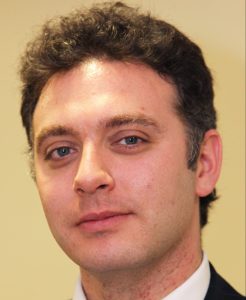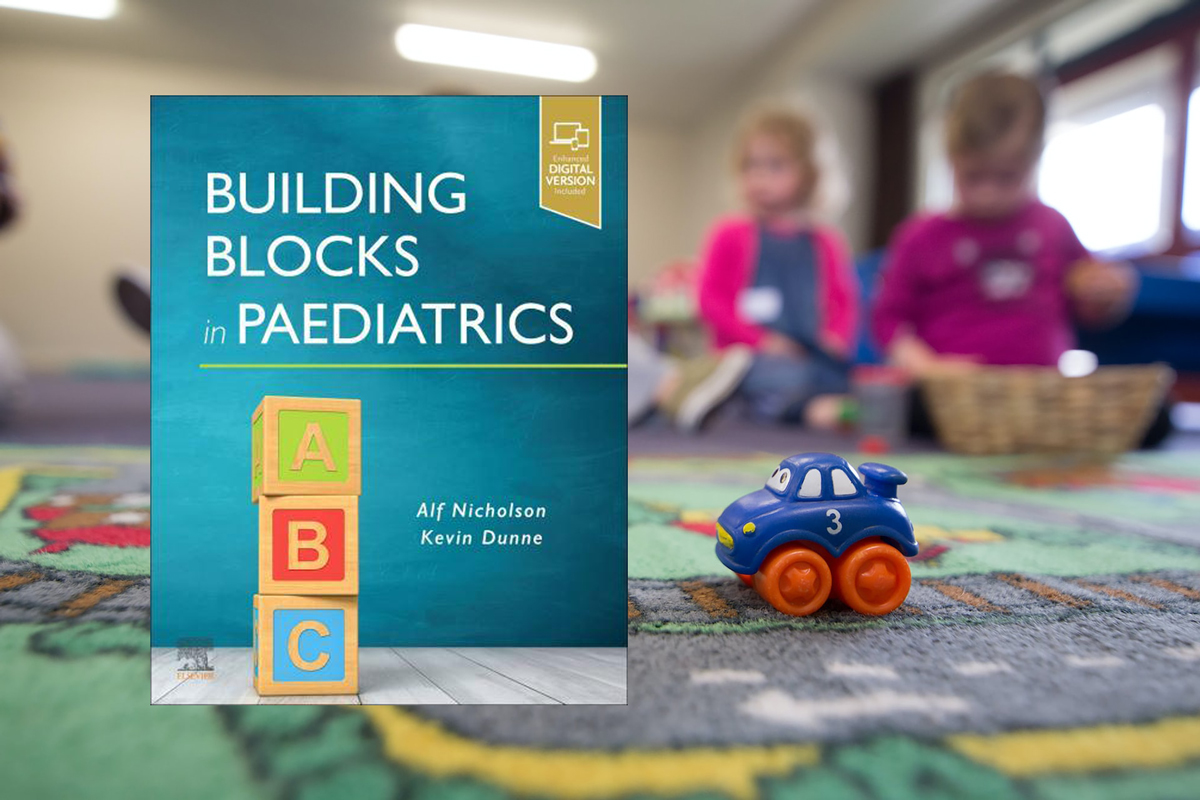
If there’s latent theme hiding in this month’s life and times, it has something to do with qualities of good leadership. The theme for the print issue is ‘disadvantaged and vulnerable people.’ David Misselbrook, in a previous introduction to Life and Times, coined the term, ‘The inverse power law,’ a notion that the more disempowered someone is by circumstance the less likely it is that they will shape policy aimed at them (or indeed any aspect of their care).1 So how can leadership, autonomy, or even ‘power’ (if you will) be better deployed and distributed?
Leaders should not be shackled to a process
If there’s latent theme hiding in this month’s life and times, it has something to do with qualities of good leadership.
Saul Miller laments change without progress, using health policy and practice in relation to obesity as his case study. Effective leadership requires engagement with difficult and complex details and not just vision without careful implementation.2 Leadership encompasses appropriate reflective learning. Adam Smith famously demonstrated how a factory line approach could be applied to the production of pins to generate epic gains in efficiency,3 and healthcare leaders might be tempted to apply industry business models to healthcare. Imagine the patient as a car on the assembly line and clinicians as robots! In this issue we have a powerful argument by Shemtob and Varghese that general practice cannot be piecework, because patients are not cars (or even pins).4 This approach is not only distressing for the service user, but also for service provider as well. People are not things. People are not things. Ahmed Rashid notes the lack of openness around industrial technology in relation to machine learning, as well as the benefits of parallel professions learning alongside one another and of medical students having a long attachment to general practice.5 Communication and community trump industrialisation as goals of effective leadership in healthcare.
Leaders should listen
Ben Hoban discusses how doctors should listen to what then patient is saying, to acknowledge the patient, not just as a puzzle or an obstacle, but as someone with a reasonable claim on our attention.6 Some of that listening and respect should manifest as memory of that person and their needs, essential for that element of relationship that general practitioners claim as a unique selling point of their profession. Emilie Couchman highlights a striking failure of memory in our increasingly fragmented primary care. She describes how patients with mesothelioma can relive the trauma of diagnosis every time they meet a new clinician, notwithstanding that the diagnosis may be well-documented. Informational continuity, however, requires that clinicians read the notes and that policy makers allow them the time to do this.7
Leaders should learn
Koot Kotzee reviews ‘Moral Leadership in Medicine,’ by Suzanne Shale. This text provides a vital account of how the needs of patients and the aspirations of professionals are translated into actions beyond the bedside and should form part of any debate on the future of healthcare. Shale talks of five simultaneous proprieties (the opposite of improprieties). Fiduciary propriety promotes the interests of the end user or client. Bureaucratic propriety recognises the needs of the organisation in the service of patients and staff. Collegial propriety taps into cooperation and good will rather than outmoded forms of rigid hierarchy. Inquisitorial propriety objectively addresses misconduct and mistakes with candour, fairness, and appropriate regret. Restorative justice is about restoring moral relations after a harm has occurred.8
Elke Hausmann reviews, ‘Our Malady,’ in which historian Timothy Snyder reflects on his own critical illness and hospitalisation. Snyder connect the idea of healthcare as a societal right to the way in which the commercialisation and industrialisation of healthcare remove personal and political liberty. In stating, ‘We cannot be free without health, and we cannot be healthy without knowledge,’ he calls for nations to apply effective leadership through democracy.9
Who can be a leader?
Communication and community trump industrialisation as goals of effective leadership in healthcare.
We all can. In this issue we are pleased to publish a ‘lay’ review of topical corticosteroids, the mainstay treatment for atopic eczema in the UK. It is evident from literature searches, and from communicating with dermatologists, that patient or parental underuse, non-compliance, and steroid phobia have been major concerns for some time, by Diane Peacock.10 Peacock illustrates how process-and-industry-driven medicine can be deaf to concerns raised by patients and clinicians alike.
A previously criticised consensus statement on the role of a doctor, supported by the General Medical Council and the Academy of Medical Royal Colleges, began, “Doctors alone among the healthcare profession must be capable of regularly taking ultimate responsibility for difficult decisions in situations of clinical complexity and uncertainty.”11 We (the medical profession)12 have been historically very keen to retain a leadership role, but as the above BJGP Life and Times articles show, perhaps we are missing a trick. Listening to and respecting our patient and our colleagues, breathing a deep sigh and reflectively learning when our business models do no not fit the context, are all about well distributed and effective leadership.
References
- Misselbrook D. The inverse power law. Br J Gen Pract 2021; DOI: https://doi.org/10.3399/bjgp21X717197 .
- Miller S. Change and progress. Br J Gen Pract 2023; DOI: https://doi.org/10.3399/bjgp23X732501
- Campbell R, McGown A. Walk 2, Part II: The big dogs, in: How to Teach Economics to Your Dog: A Quirky Introduction (pp.26-37). London: Oneworld Publications, 2022.
- Shemtob L, Varghese K, Pattani S. General practice cannot be piecework. Br J Gen Pract 2023; DOI: https://doi.org/10.3399/bjgp23X732501.
- Rashid A. Yonder: Social work students, machine learning, mentoring, and urgent care centres. Br J Gen Pract 2023; DOI: https://doi.org/10.3399/bjgp23X732441
- Hoban B. Seeing and hearing. Br J Gen Pract 2023; DOI: https://doi.org/10.3399/bjgp23X732429
- Couchman E. Repetition breeds contempt,not continuity. Br J Gen Pract 2023; DOI: https://doi.org/10.3399/bjgp23X732405
- Kotze K. Book review: Moral Leadership in Medicine. Building Ethical Healthcare Oranizations. Br J Gen Pract 2023; DOI: https://doi.org/10.3399/bjgp23X732477
- Hausmann E. Book review: Our Malady. Lessons in Liberty and Solidarity. Br J Gen Pract 2023; DOI: https://doi.org/10.3399/bjgp23X732489.
- Peacock D. TCS overuse and withdrawal reactions: a UK lay-person’s perspective. Br J Gen Pract 2023; DOI: https://doi.org/10.3399/bjgp23X732453.
- Papanikitas A, Papanikitas J. Acute ethics: Risk assessment and the Doctrine of Double Effect in a referral to on-call urology. Int J Surg 2009; https://doi.org/10.1016/j.ijsu.2009.04.010.
- Papanikitas A, ‘We,’ Journal of the Royal Society of Medicine, 2007 100:9, 436-437 https://doi.org/10.1177/014107680710000924
Featured photo: ‘Editorial viewpoint’ by Andrew Papanikitas, 2023








